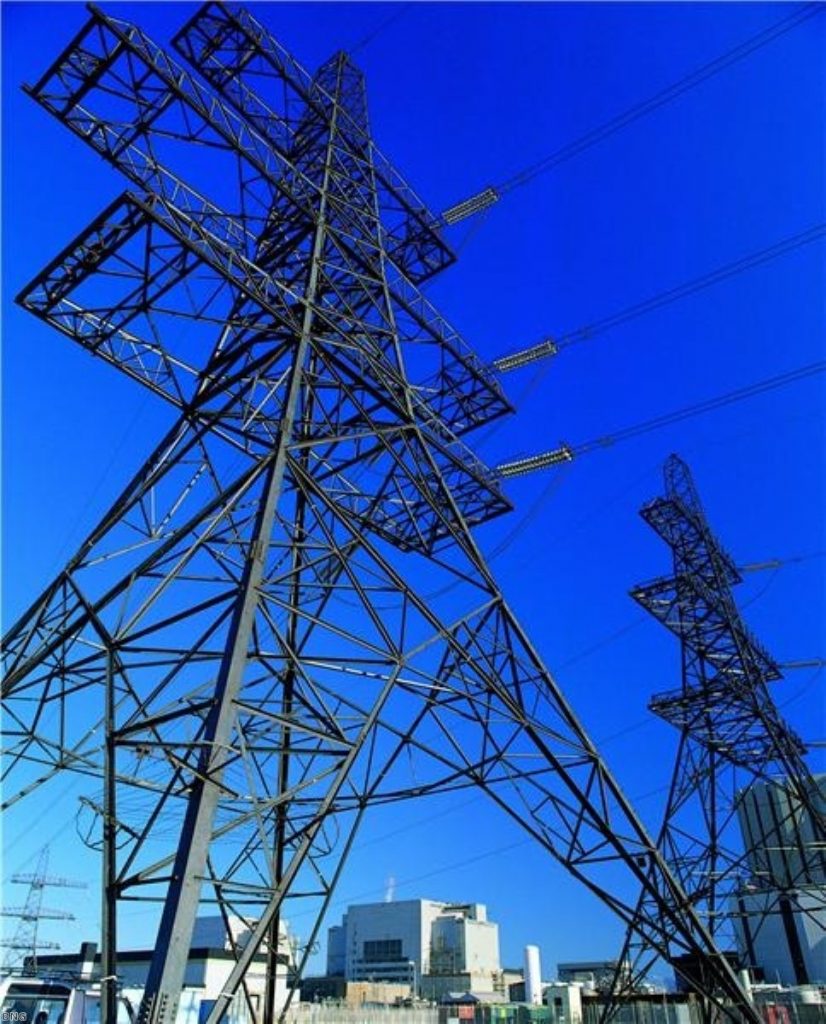Potential nuclear sites revealed
The government has already identified sites for new nuclear power stations, documents released to mark the energy white paper reveal.
The Department for Trade and Industry (DTI) commissioned independent analysts to consider potential sites for new nuclear power stations last year. The confidential report has now been released for the consultation on the UK’s nuclear future.
It indicates the government was seeking locations for ten new nuclear power plants. To meet demand, the report recommends existing gas and coal power station sites are redeveloped, while nuclear power plants could also be built on new Greenfield sites.
The report, conducted by energy analysts Jackson Consulting, is sceptical of proposals using existing or redundant civilian and military nuclear plants, as many are poorly connected to the grid. Of 19 civil power station sites, only nine were considered feasible for new reactors and only four could be developed immediately.


Sites recommended for development include the Midlands and Oxfordshire, the south coast and Bristol.
Greenpeace had previously requested the government release the 50-page report under the Freedom of Information act.
Described as a “discussion paper” by the government, it has now been made available as part of the consultation on the use of nuclear power in a low carbon UK. The government will also conduct its own investigation into potential sites.
The energy white paper, unveiled by trade and industry secretary Alistair Darling yesterday, supports the idea of new nuclear power plants.
But, it makes clear the government will not lead the initiative, but instead hopes private companies will initiate, fund and operate nuclear power stations.
Mr Darling warned of the “profound mistake” of completely ruling out nuclear power; stressing North sea oil and gas supplies are limited, while renewable energies are in their infancy.
The energy white paper does commit the UK to increasing its use of renewable energies with the aim of cutting carbon emissions, and also reducing individual consumption.
The government wants renewable energy use to triple to 15 per cent by 2015, and will support wind, tidal and wave projects. However, Mr Darling stressed these were in their infancy and claimed it was in the public interest to consider the use of nuclear power.
Plans are now in consultation until October. The government is asking if it has considered the relevant arguments, whether it has considered them reasonably and if any important arguments have been overlooked.
The DFT is likely to meet opposition if it tries to site any new nuclear power stations in Scotland. First minister Alex Salmond has said he would oppose any such plans in a pact with Green MSPs, setting the stage for a stand-off with fellow Scot Gordon Brown.









